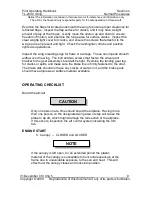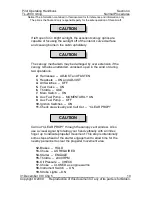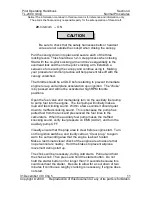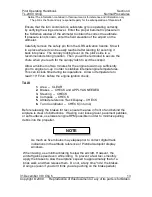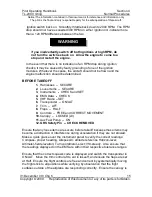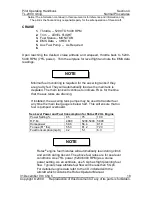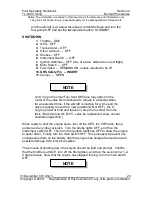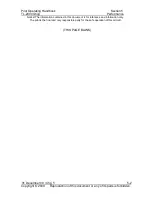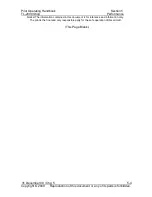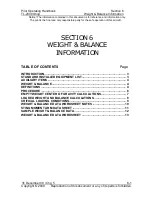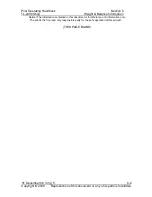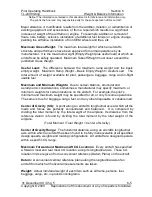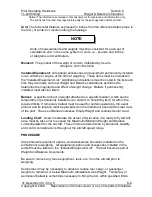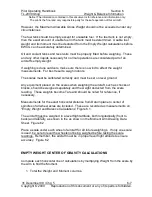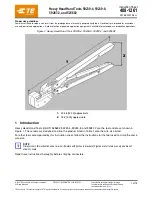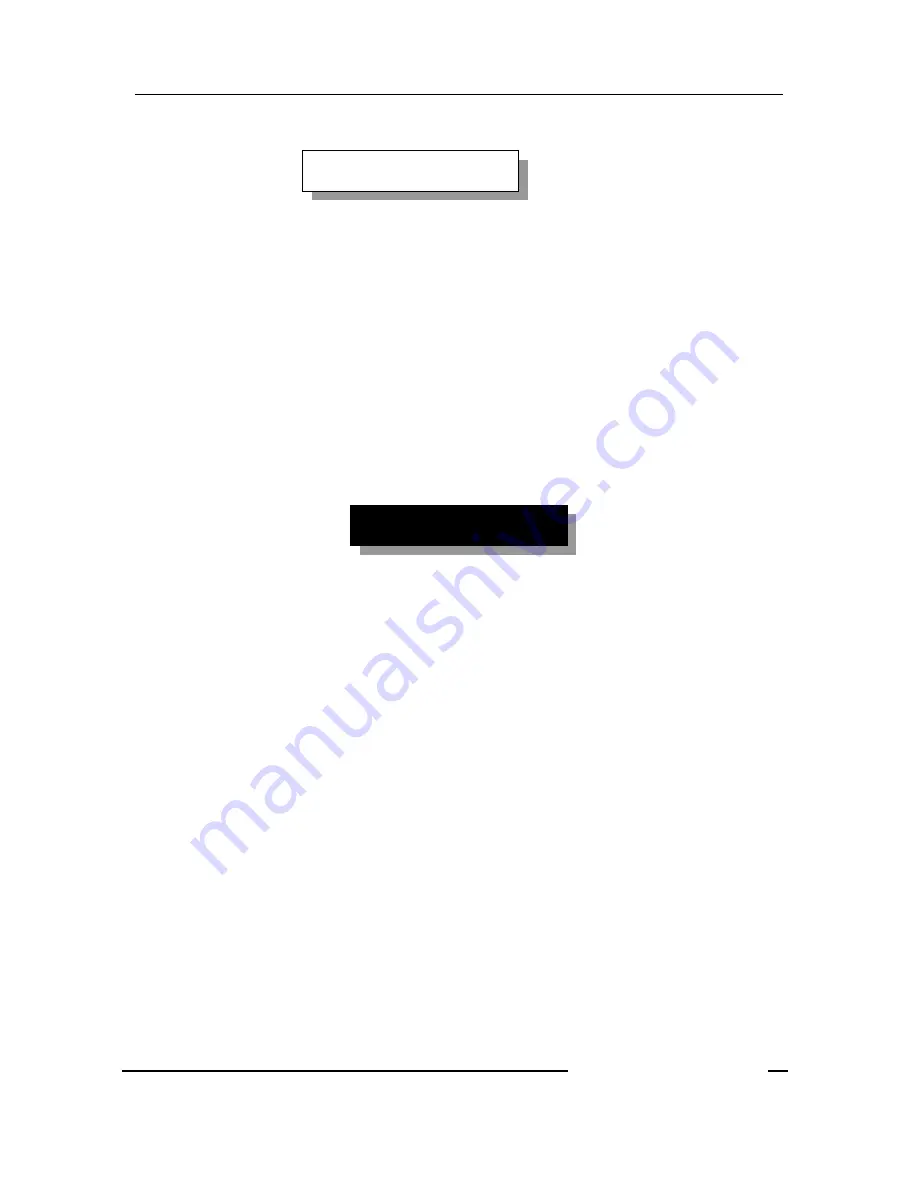
Pilot Operating Handbook
Section 4
TL-2000
Sting
Normal Procedures
Notice! The information contained in this document is for reference and information only.
The pilot is the final and only responsible party for the safe operation of this aircraft.
31 December 09 / Chg 5_____________________________________________21
Copyright © 2009 Reproduction of this document or any of its parts is forbidden.
If the AOA is not high enough (nose is low) or the speed is
too high as the main wheels contact the runway, the nose
wheel may drop to the runway due to the main wheels
suddenly slowing the aircraft.
The nose wheel will then gently drop to the runway as the aircraft
slows even more. Apply only as much braking as needed to stop in
the remaining runway or to the exit taxiway turn.
For more detailed information on landing pattern procedures, see
Section 10.
Heavy breaking may cause exceptionally fast tire
and brake wear and may result in a tire failure.
CROSSWIND LANDING
If a strong crosswind exists during landing, it is practical to use the minimum flap
setting required for available runway. Maintaining runway centerline on final
approach can be accomplished by the crab method, the wing-low slip method, or
a combination of the two. However, when executing the flare, the best method is
the wing-low slip method. After touchdown, maintain directional control with the
rudder and aileron, and as the aircraft decelerates, gradually apply full aileron
deflection into the wind.
SOFT FIELD LANDING
The only difference between a normal landing and a soft field landing is keeping
the nose wheel off the runway surface for as long as possible. To do this, float
down the runway in ground effect rather than flaring to bleed off airspeed. This
will decrease the sink rate to help prevent a hard landing. As the airspeed slows,
flare just slightly enough to raise the nose wheel, but do not establish a high sink
NOTE
WARNING



